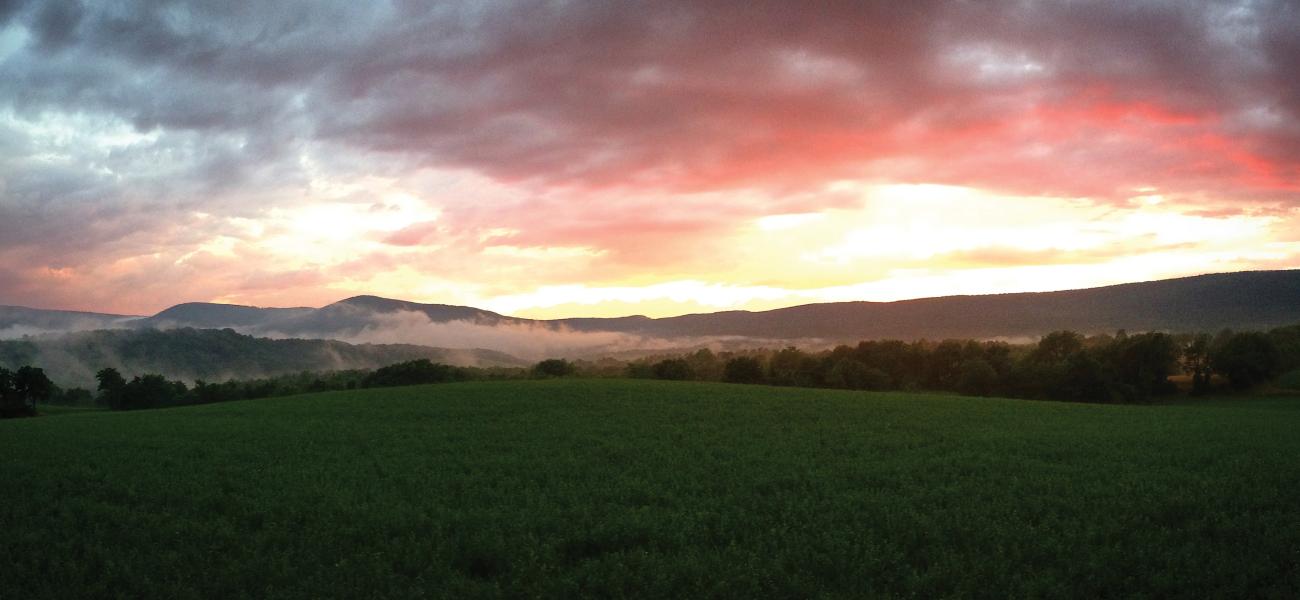"People often think of art as the most highly cultured, the most disciplined, the most organized of human productions and one that requires a lot of training, but art doesn’t happen unless you let the wild in. Robert Duncan said, 'To be poetry, it has to have both music and magic.' And magic is the entry of the wild." ---Gary Snyder1
Holding Space
The phrase “holding space” has popped up in conversations in recent years, having a wide range of meanings. It carried political connotations during the Occupy Wall Street protests, in which protesters were “holding the space” of Zuccotti Park to signal opposition to corporate greed and big business dominating government policy. I later heard the term used in conversations about creating safe spaces for clients of mindfulness coaches and art therapists. Yoga practitioners also use the term to indicate how one person can be simply present for another person, who may be in need of emotional support. Whenever I hear the phrase though, my mind quickly jumps to the concrete yet metaphoric idea of clay pots holding space within their walls.
Clay pots hold space for beverages and food, flowers and plants, allowing us to use that space as we see fit. If the pots are not in use physically, we may appreciate them as vessels in a more meditative manner. One of the first things I teach my students is that the outside configuration of a pot should reflect the inner shape. Rather than focusing on the exterior and forcing that surface into the shape desired (as with excessively grooming the exterior with a thin rib), coaxing the clay from the inside gives a sureness of form and a sense of expansion in the vessel. I often reference Korean Yi Dynasty moon jars as examples of dynamic and expressive volume.
A clay vessel’s volume is certainly a consideration in making pots, and there’s been many a discussion about the term “functional” as it pertains to pots that perform in a utilitarian manner. At the 2017 International Woodfire Conference last June, several fellow attendees decided that both “functional” and “utilitarian” were rather clunky terms that overlook the variety of uses for a pot. I would like to offer the alternative term “working pots,” and look at some of the ways in which clay pots work.


